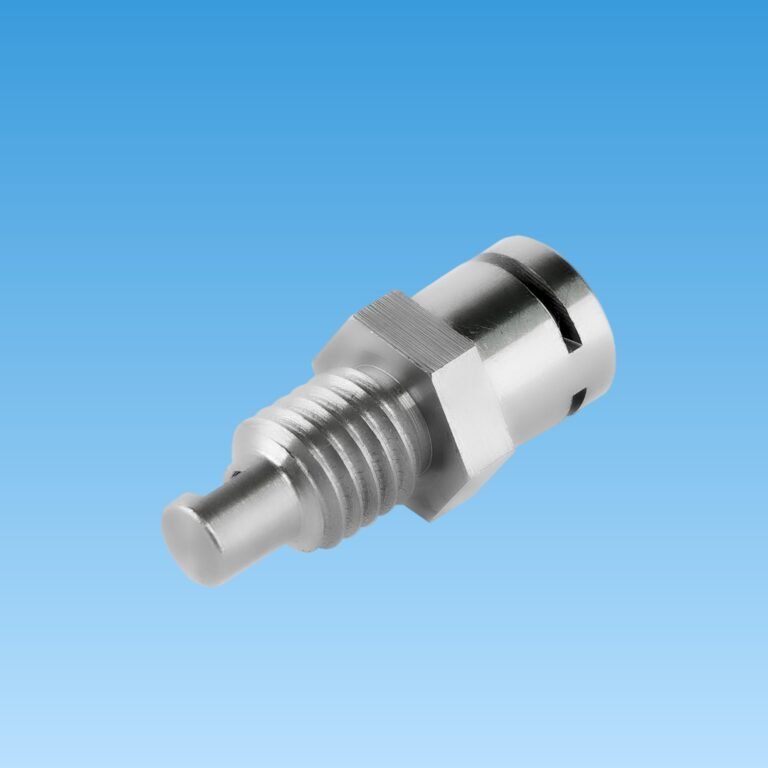High-strength fasteners play a vital role in modern industries such as mechanical engineering, automotive, construction, wind energy, and heavy machinery. These components must meet strict performance criteria to ensure structural safety and long-term reliability. To achieve consistency and international compatibility, the ISO 898 standard was developed to define the mechanical properties and strength classifications of carbon and alloy steel fasteners.
This article provides a comprehensive explanation of the ISO 898 standard, the classification system used for high-strength bolts and nuts, key mechanical properties, and how the standard is applied in practice. It aims to help engineers, procurement teams, and end users better understand and select the right high-strength fasteners for their applications.
What Is ISO 898?
ISO 898 is a series of international standards issued by the International Organization for Standardization (ISO). It defines the mechanical properties of carbon steel and alloy steel fasteners.
The ISO 898 series includes multiple parts, each applicable to different types of fasteners:
- ISO 898-1: Mechanical properties of bolts, screws, and studs
- ISO 898-2: Mechanical properties of nuts
- ISO 898-5: Mechanical properties of self-tapping screws
- ISO 898-6: For hex bolts with reduced shank
Among these, ISO 898-1 and ISO 898-2 are the most commonly referenced standards in the high-strength fastener industry.
Understanding the ISO 898-1 Classification System for Bolts
The ISO 898-1 standard uses a numerical system to represent bolt strength, typically in the format of “X.Y” — for example, 8.8, 10.9, 12.9, etc.
- Meaning of the Property Class
- X (First Number): Minimum tensile strength in MPa divided by 100
- Y (Second Number): Yield strength as a percentage of tensile strength (multiplied by 10)
| Property Class | Min. Tensile Strength (MPa) | Yield Strength (MPa) | Yield Ratio |
| 8.8 | 800 | 640 | 80% |
| 10.9 | 1000 | 900 | 90% |
| 12.9 | 1200 | 1080 | 90% |
- Common Applications
- 8.8 Class: Suitable for medium to high-load applications such as construction machinery and general industrial use.
- 10.9 Class: Widely used in automotive chassis and structural joints where higher strength is required.
- 12.9 Class: Used in critical applications such as engine components, molds, and aerospace fasteners where maximum strength is necessary.
ISO 898-2: Classification of High-Strength Nuts
ISO 898-2 defines the mechanical properties of nuts, commonly designated as:
- Class 5, 6, 8, 10, 12, etc.
- Strength Matching Between Bolts and Nuts
To ensure safe fastening without thread stripping, nuts must match the tensile capacity of the bolts. The typical matching is as follows:
| Bolt Class | Matching Nut Class |
| 8.8 | 8 |
| 10.9 | 10 |
| 12.9 | 12 |
- Temperature Resistance
ISO 898-2 also specifies the temperature range for nut performance. Most classes can withstand from -50°C to +150°C, while some alloy steel nuts may operate up to 300°C.
Key Mechanical Properties Defined by ISO 898
Understanding the following properties is essential for evaluating and selecting high-strength fasteners:
- Tensile Strength (Rm)
Maximum stress the fastener can withstand before breaking in tension.
- Yield Strength (Re)
Stress level at which the fastener begins to deform permanently.
- Elongation (A)
Percentage increase in length after fracture — indicates ductility.
- Hardness (HB, HV)
Provides a quick assessment of material strength and heat treatment quality.
- Thread Stripping Strength (specific to nuts)
Ensures the nut can sustain the tensile load without thread failure.
Relation to Other Standards
The ISO 898 standard is widely recognized and often harmonized with regional or national standards:
- DIN EN ISO 898: German version
- GB/T 3098.1: Chinese national equivalent
- ANSI/ASME B18.2.1: US counterpart with similar principles
For international trade, using ISO 898-compliant fasteners ensures global compatibility and acceptance.
Example: Selecting the Right Bolt Property Class
Consider an automotive suspension system that requires fasteners with high shock resistance:
- Material: Alloy steel, quenched and tempered
- Recommended Class: 10.9 for optimal strength and toughness
- Matching Nut: Class 10
For static structures like steel frameworks, a property class 8.8 bolt is usually sufficient and more cost-effective.
ISO 898 in Fastener Testing and Certification
Before shipping, high-strength fasteners must be tested to confirm compliance with ISO 898. Typical tests include:
| Test Type | Equipment | Purpose |
| Tensile Test | Universal Testing Machine | Measure tensile/yield strength |
| Hardness Test | Brinell, Rockwell Tester | Evaluate material consistency |
| Metallographic Analysis | Microscope | Confirm heat treatment and structure |
| Torque-Tension Test | Torque tester + load cell | Evaluate clamping and friction |
Manufacturers typically provide 3.1 material certificates, mechanical test reports, and traceability documentation for ISO 898-compliant products.
Conclusion: Why ISO 898 Classification Matters
The ISO 898 standard is the global benchmark for high-strength fastener performance and reliability. A clear understanding of its classification system allows manufacturers, engineers, and buyers to:
- Select the right fastener grade for safety and cost-effectiveness
- Ensure compliance with international customer requirements
- Improve production quality control through standardized testing
For Chinese manufacturers aiming to enter the European and North American markets, compliance with ISO 898 is essential. If you require ISO 898-certified bolts, screws, nuts, or studs for your projects, our team offers complete technical support and third-party certification to ensure your requirements are met.


